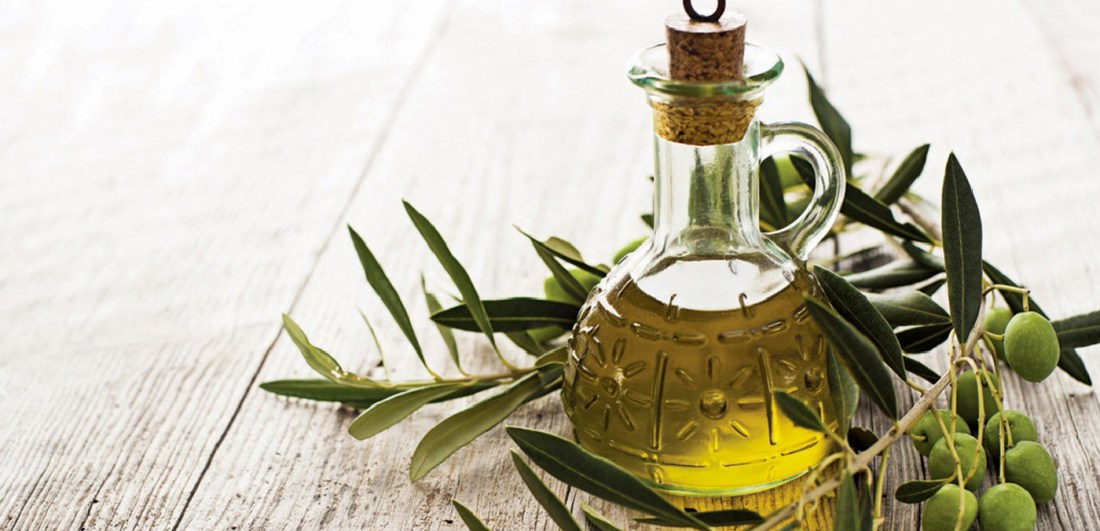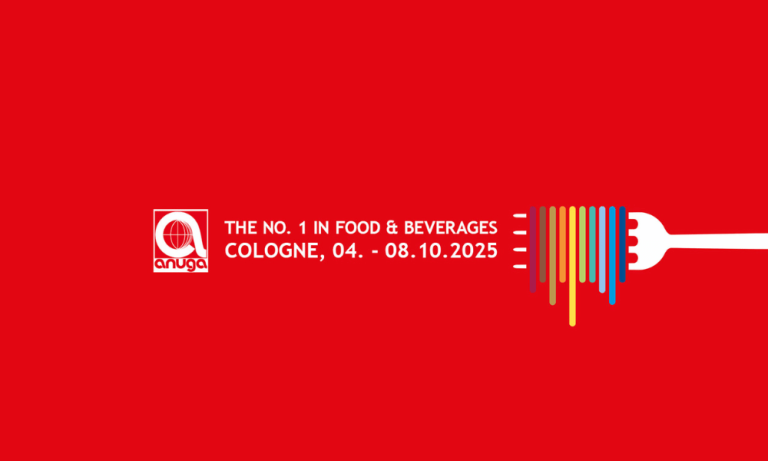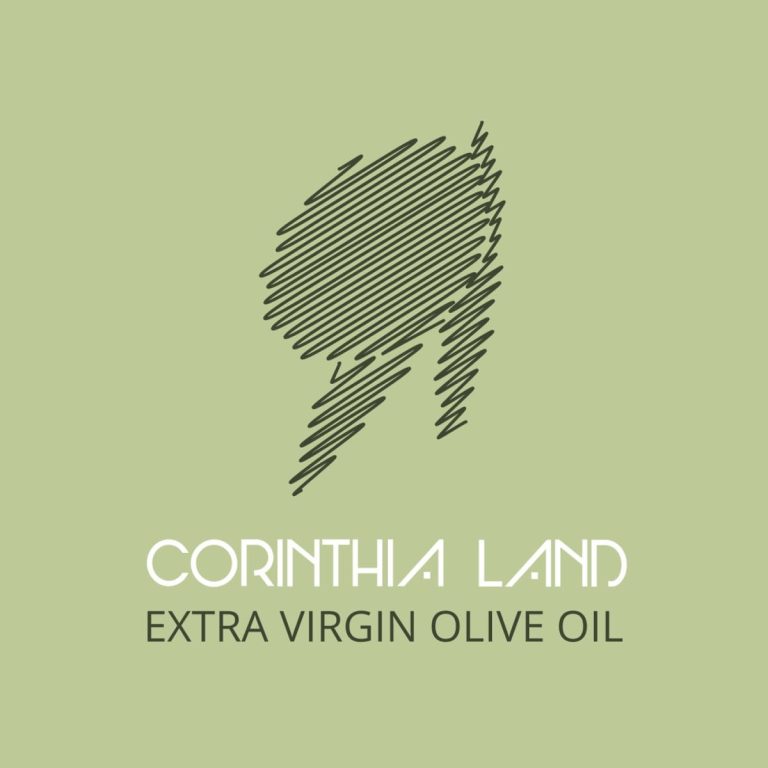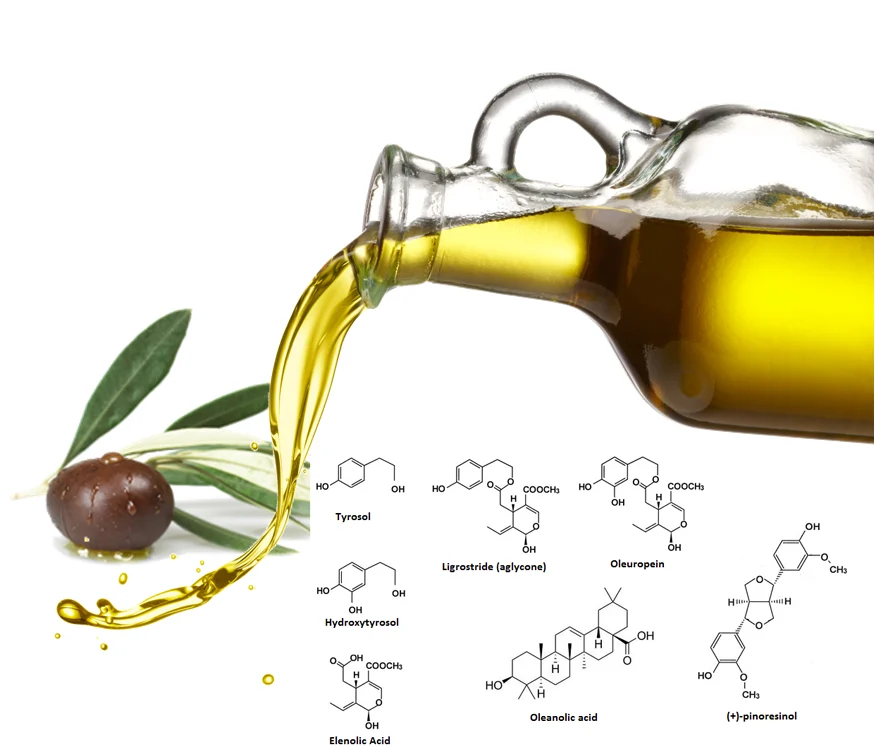Extra Virgin Olive Oil

How Extra Virgin Olive Oil Is Made
Olive oil is produced simply by pressing the fruit of the olive tree. The process:
- Olives are hand-harvested between November and March, depending on region.
- After harvesting, they are washed and crushed using granite wheels, forming a paste.
- This paste is spread onto woven mats, stacked, and placed in a hydraulic press.
- The press extracts oil and juice, which are separated by centrifugation.
Producers can:
- Filter the oil (for a clear appearance)
- Bottle it unfiltered (cloudy, often considered more flavorful)
- Let it decant naturally for months before bottling
🧠 It takes 5 kg of olives to produce 1 liter of oil.
If no heat or chemicals are used, the result is called first cold-pressed — the highest quality olive oil with full flavor and nutrients.
🏷️ Grades & Definitions of Olive Oil
All official definitions come from the International Olive Oil Council:
Virgin Olive Oil
“Oil obtained solely by mechanical or physical means… without alterations.”
- Unrefined, natural
- Commonly labeled as “vierge” in French oils
Extra Virgin Olive Oil
“Perfect taste and aroma with max 0.8% acidity (oleic acid).”
- Best in flavor and nutrition
- Taste-tested by expert panels (not machines!)
- Always first cold-pressed
Refined Olive Oil
“Olive oil refined by chemical means to remove flaws.”
- No flavor or aroma
- Used for neutral taste needs
Olive Oil (a.k.a. Pure Olive Oil)
“Blend of refined olive oil with some virgin olive oil. Max 1.5% acidity.”
- Light flavor
- Good for baking or frying
- May contain as little as 5% extra virgin oil
Pomace Oil
- Extracted from leftover olive pulp using solvents
- Heavily refined
⚠️ Not recommended for consumption
🧊 Storage Tips
- Store in a cool, dark place — away from heat sources and light
- Avoid fridges: solidification starts at 2°C
- Avoid repeated cooling and reheating, which causes oxidation
- Look for a harvest or expiry date — most oils last 12–18 months
✅ A bit of sediment is natural and harmless
❤️ Health Benefits
Olive oil is a nutritional powerhouse:
- 🧬 80% monounsaturated fats — help reduce cholesterol
- 💪 Rich in vitamins E, A, B, K
- 🧻 Supports digestion, reduces acidity, prevents ulcers
- ✨ Great for skin, hair, and nails
- 🤱 Aids brain development in infants when consumed by nursing mothers
Replace all other fats with olive oil for maximum benefits
🛒 How to Choose Olive Oil
Ask yourself:
1️⃣ How Will You Use It?
- For salads? Pasta? Meat? Fish? Baking?
2️⃣ Condiment or Cooking Oil?
- Use for finishing dishes like grilled vegetables or pizza
- Start recipes (e.g., sautéing onions) with quality oil for deeper flavor
- Yes, extra virgin is good for cooking due to its high smoke point
3️⃣ What Flavors Do You Like?
- Soft & sweet → great for mild dishes (lettuce, white fish)
- Peppery or fruity → pairs with bold flavors (grilled meat, kale)
🍷 Like wine, olive oils have distinct flavor profiles — there’s no wrong choice!
🍽️ Usage Suggestions
- On salad leaves (alone or with balsamic vinegar)
- Drizzled over roasted vegetables, pasta, pizza, or feta
- Rubbed on meats before grilling
- In muffins or bread instead of butter
- On baked potatoes or homemade croutons
- To make mayonnaise or pesto
- As a dip with fresh bread
- Mixed with vinegar for marinades
- On popcorn, gazpacho, or veggie stew
📌 Final Reminder
Even though “CORINTHIA LAND” Extra Virgin Olive Oil is a premium product, it has a limited shelf life.
🍽 Use it generously and enjoy it while it’s fresh!
A small drizzle goes a long way — and the health benefits outweigh any calorie concerns when used wisely.


